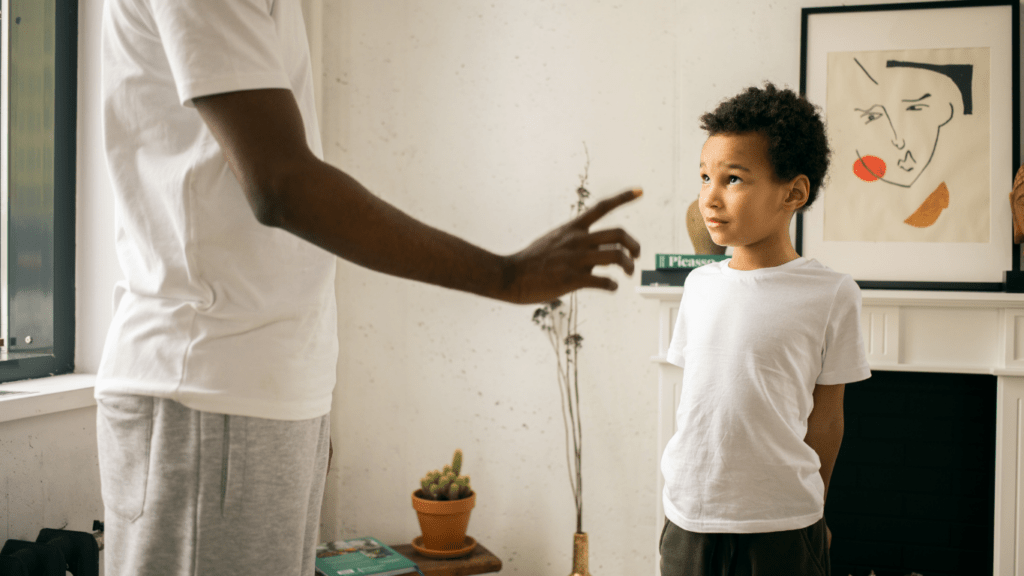Discipline can often feel like a battleground between parents and kids, but it doesn’t have to be that way. I’ve discovered that positive discipline techniques not only foster respect but also build a strong connection between us.
These methods focus on teaching rather than punishing, helping children learn from their mistakes while feeling supported. In this article, I’ll share effective positive discipline techniques that truly work.
These strategies encourage cooperation and responsibility, making parenting a more enjoyable journey. If you’re ready to transform your approach to discipline and create a nurturing environment for your child, you’re in the right place. Let’s dive into the techniques that can change the way we guide our little ones.
Overview Of Positive Discipline
Positive discipline focuses on fostering respect and cooperation between parents and children. It creates a supportive environment where children learn to take responsibility for their actions.
This approach emphasizes teaching over punishment, promoting long-term behavioral change through understanding and compassion. Positive discipline techniques encourage effective communication.
Parents learn to express expectations clearly, allowing children to grasp responsibilities. Instead of merely avoiding negative behaviors, children engage in problem-solving, developing critical life skills.
Positive discipline strengthens the parent-child relationship. This method cultivates trust and respect, essential components for healthy interactions. It helps children feel valued and understood, creating an atmosphere conducive to growth and development.
By applying positive discipline techniques, parents can effectively guide their children’s behavior. The goal remains to foster independence, empathy, and self-discipline within a nurturing framework, making parenting a more fulfilling experience.
Key Principles Of Positive Discipline
Positive discipline revolves around fostering cooperation, understanding, and respect between parents and children. The following principles help create a nurturing environment that promotes positive behavior.
- Building A Strong Connection: Building a strong connection involves establishing a trusting relationship with my child. Connection strengthens when I spend quality time together, engage in shared activities, and show genuine interest in their lives.
- Encouraging Respectful Communication: Encouraging respectful communication is essential for fostering an environment of understanding. I communicate expectations clearly and calmly, ensuring my child comprehends the reasoning behind rules.
Effective Techniques To Implement
I focus on techniques that encourage positive behavior through engagement and clarity. Here are two key strategies to consider.
Positive Reinforcement Strategies
Positive reinforcement involves recognizing and rewarding desired behaviors. I utilize this by providing specific praise, tangible rewards, or privileges when my child meets expectations. For example, I might say, “You did a great job cleaning your room!” This affirmation encourages repetition of the behavior.
I also create a reward system, where my child earns points or stickers for completing tasks, which can be exchanged for a special treat or activity. This method fosters motivation and promotes a positive atmosphere for learning.
Setting Clear Expectations
Setting clear expectations helps children understand what behaviors are acceptable. I communicate my expectations directly and clearly, using simple language. I often discuss these expectations before they engage in activities, making sure my child knows what is expected.
For example, before a family outing, I explain the importance of staying close and listening to instructions. I also remind them of the consequences of not following these guidelines, ensuring there’s no confusion. Regularly revisiting these expectations reinforces understanding and accountability.
Challenges And Solutions
Positive discipline may face challenges, but understanding these obstacles enhances its effectiveness. Recognizing and addressing common misconceptions and resistance can improve the implementation of positive discipline techniques.
Common Misconceptions
Misconceptions about positive discipline often hinder its acceptance. Some believe positive discipline is permissive or lacks structure. Others think it ignores consequences and doesn’t teach accountability.
In reality, positive discipline involves setting clear boundaries and expectations while promoting respect and cooperation. It’s a structured approach that emphasizes teaching appropriate behavior rather than just punishing undesirable actions.
Effective positive discipline balances guidance with the child’s emotional needs, encouraging them to learn from their choices.
Dealing With Resistance
Resistance is a common issue when implementing positive discipline techniques. Children may push back against changes in their routine or expectations. I tackle this resistance by maintaining consistency and remaining calm.
Consistency in applying techniques shows children that boundaries are firm and fair. When facing resistance, engaging children in discussions about their feelings and reasons for their behavior is crucial. Encouraging open dialogue builds trust and fosters understanding, making children more receptive to positive discipline methods.
Additionally, modeling desired behaviors reinforces teaching moments and reduces resistance over time.


 Ashleyah Scherdealer is the passionate force behind Motherhood Tales Pro, a platform she created to provide moms with trusted parenting tips, real-life stories, and wellness guidance. Drawing from both experience and a desire to build a supportive community, Ashleyah’s work empowers mothers to navigate the challenges of motherhood with confidence. From daily advice to heartfelt insights, her mission is to make every mom feel seen, supported, and strong.
Ashleyah Scherdealer is the passionate force behind Motherhood Tales Pro, a platform she created to provide moms with trusted parenting tips, real-life stories, and wellness guidance. Drawing from both experience and a desire to build a supportive community, Ashleyah’s work empowers mothers to navigate the challenges of motherhood with confidence. From daily advice to heartfelt insights, her mission is to make every mom feel seen, supported, and strong.